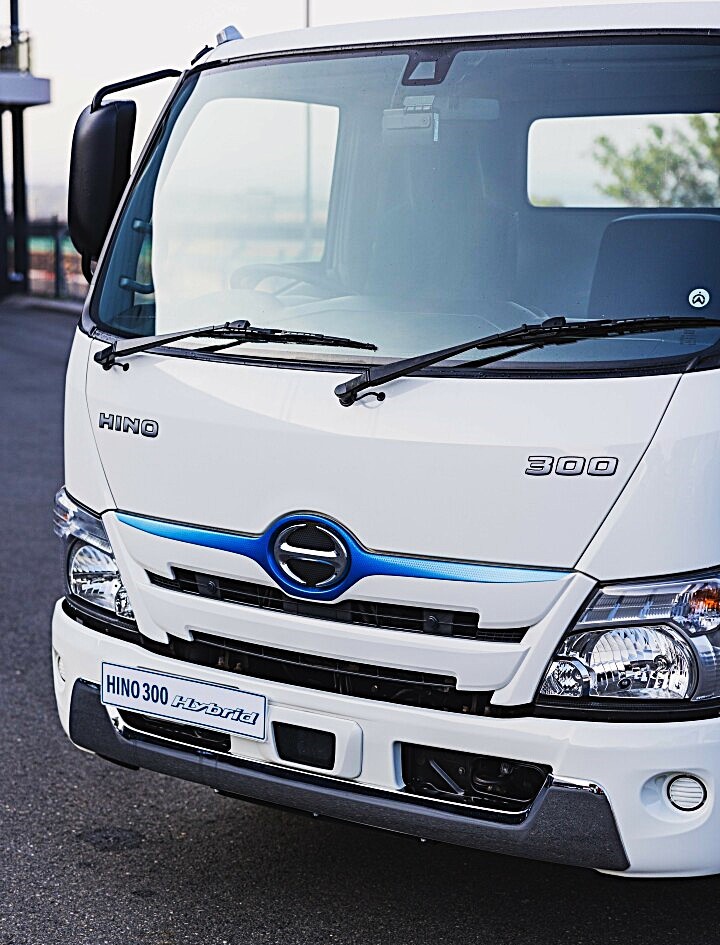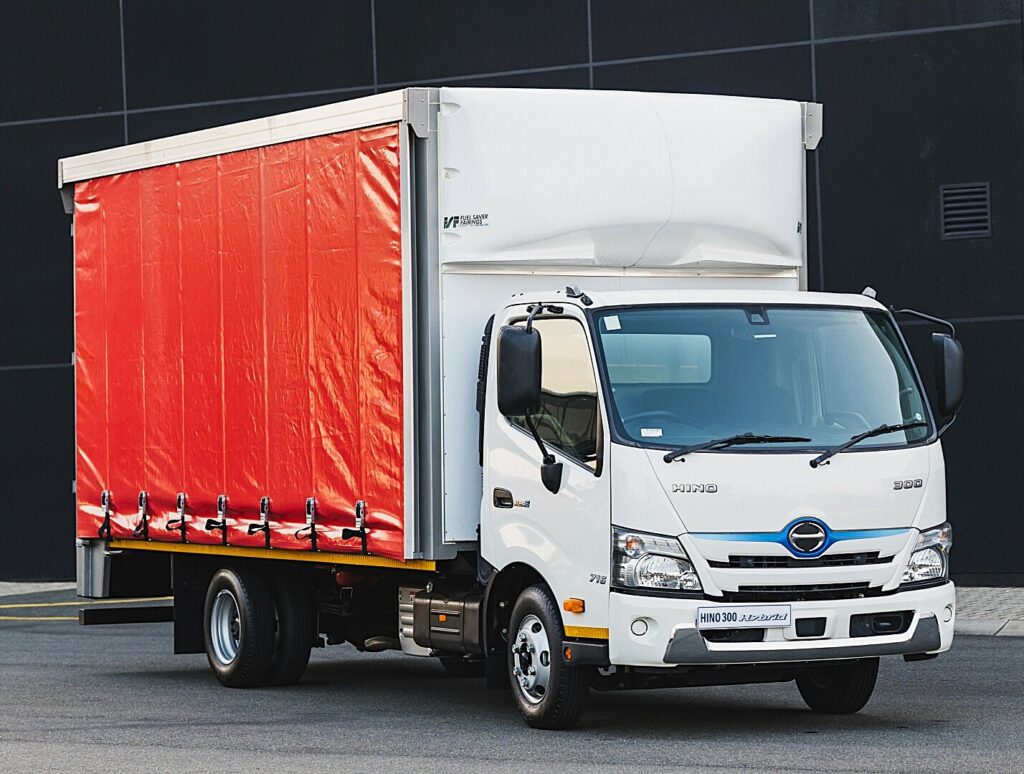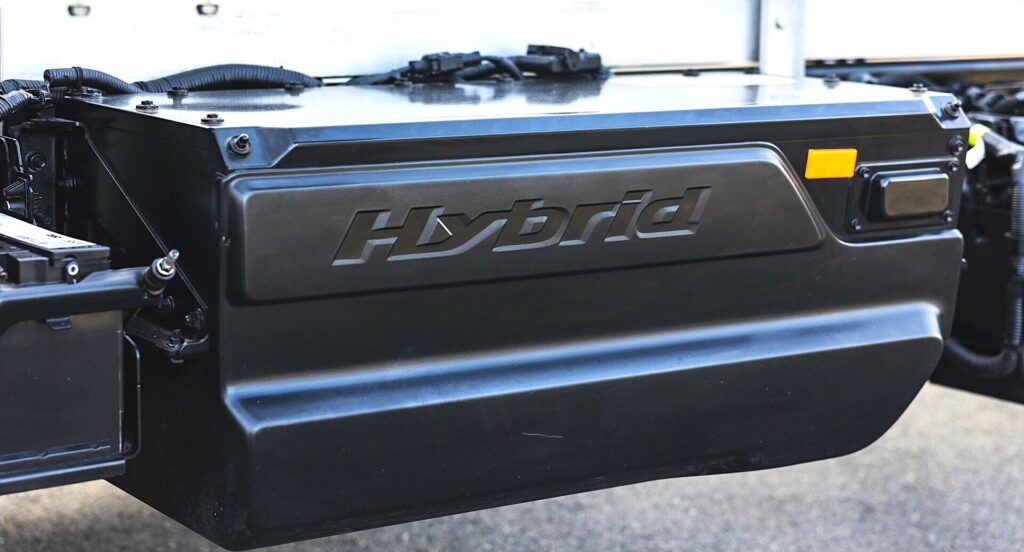Greener trucking in our country is gathering momentum as OEMs expand their product ranges to reduce emissions. Hino South Africa is pressing ahead with its decarbonisation strategy by expanding the local field trials of its Hino 300 Hybrid trucks, marking another milestone in the brand’s push towards new energy vehicle (NEV) adoption. The trial units, combining a full-size 4-litre Euro 6 diesel with electric drive assistance, are being tested with selected customers to gather hard data on real-world performance, fuel savings and user interest.
The move builds on work already underway with Namlog Logistics, where initial hybrids have been running since 2023 out of the Toyota Africa Parts Centre in Ekurhuleni.
“The balance between cost, range, payload, maintenance and resale are all critical measures when determining what technology works best for specific applications and that is why we are trialing several Hino 300 Hybrid trucks with customers to evaluate these factors locally,” says Itumeleng Segage, general manager of Hino SA.
As emissions targets tighten globally, the trials feed into Toyota’s wider NEV roadmap, underpinned by Hino’s decades-long commitment to multi-pathway innovation across hybrid, electric, CNG and hydrogen powertrains.
“Hino Motors of Japan has been involved for many years in programmes to cut emissions and lower fuel consumption as part of its commitment to a cleaner environment in both the manufacturing of its trucks and in their operation. This multi pathway move towards carbon neutrality has resulted in Hino developing and testing a variety of power train solutions, ranging from compressed natural gas to hydrogen to diesel-electric hybrids and battery electric vehicles,” explains Segage.
A stepping-stone to eco-friendly deliveries
The Hino 300 Hybrid is already proving popular in Australia as that country faces the challenge of Euro VI emission legislation being imposed from November this year. A recent 300 km test on the Bathurst race circuit and surrounding streets, replicating the conditions for a local delivery operation, showed fuel savings of up to 24% for the Wide Cab variants and 22% for the Standard Cab.
“A test run by journalists from GoAuto, an Australian motor industry publication, obtained similar fuel savings. In their case the saving was 21.1%. Unlike many hybrid passenger cars which downsize engine capacity, Hino keeps the full-size diesel engine for the 300 Hybrid to ensure a long working life and under-stressed powertrain. An electric motor is nestled between the clutch and gearbox, working in parallel with the diesel engine to offer assistance that leads to improved efficiency and reduced carbon dioxide emissions,” says Segage.
The diesel engine and electric motor combined produce 111 kW of power and 470 Nm of torque, with maximum torque delivered as low as 1 200 r/min. The Hino 300 Hybrid uses a six-speed automated manual transmission (AMT), which can be manually overridden by the driver if required.
The Hino 300 Hybrid has the same standard features as the other 300 models, including air conditioning, AM/FM radio, electric windows, two airbags, and daytime running lights.
“We are very enthusiastic about the value of hybrid technology in many of the operations that suit the 300 Series, such as urban and city-to-city deliveries. We are therefore keenly looking forward to the results of these local trials and the feedback from the customers who have them on loan,” concludes Segage.
Editor’s comment: Hino’s move to expand its hybrid trials on South African roads is both timely and telling. With global regulations tightening and fuel costs rising, fleet operators need real-world data to make informed choices, and Hino is giving them just that. Crucially, the decision to retain a full-sized diesel in the 300 Hybrid shows an understanding of local operating conditions, where durability and payload still matter as much as emissions. If the trial results echo those seen in Australia, hybrid freight carriers could gain serious traction in the short-haul segment, offering operators a cleaner alternative without the leap to full electrification.
Click on photographs to enlarge






